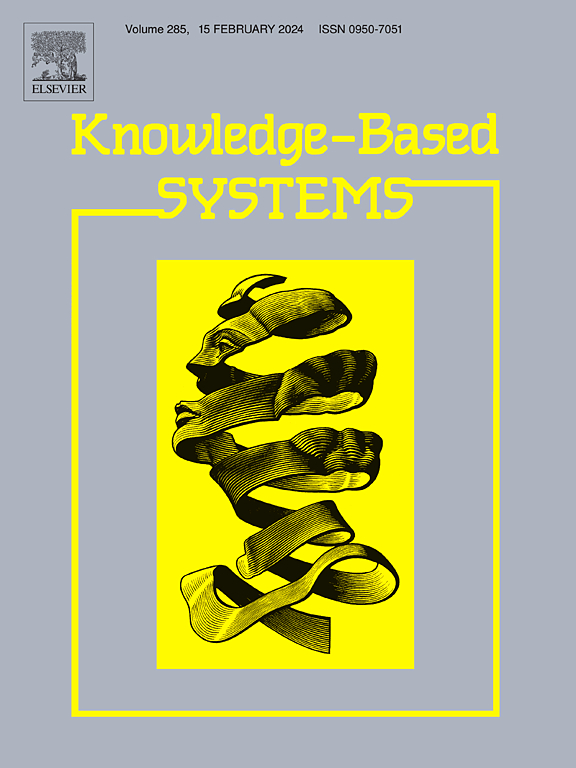Temporal Motion and Spatial Enhanced Appearance with Transformer for video-based person ReID
IF 7.2
1区 计算机科学
Q1 COMPUTER SCIENCE, ARTIFICIAL INTELLIGENCE
引用次数: 0
Abstract
For video-based person Re-Identification (Re-ID), how to efficiently extract temporal motion features and spatial appearance features from video sequences is a key issue. Conventional approaches focus on modelling the entire video spatio-temporal features, ignoring the inherent differences between temporal motion features (e.g., gait) that change over time and spatial appearance features (e.g., clothing) that are stable over time in terms of attributes. Because of their different sensitivities in real-world scenarios, conventional approaches often lose critical fine-grained features. To address these issues, we propose a Temporal Motion and spatial Enhanced Appearance with Transformer-based (TMEA) framework for modelling spatial–temporal video discriminative representations. Specifically, (1) Dual-Branch Architecture: The content branch emphasises extracting the overall structure of the video using the spatial–temporal aggregation (STA) module from a global view, whereas the fovea branch focuses on gaining local fine-grained spatio-temporal features. (2) Zero-Parameter Design: the [CLS] Token Channel Shift Interaction (TCSI) module captures the dynamic features and static features between adjacent frames without additional parameters; the Spatial Patches Shift Enhancing (SPSE) module is introduced to enhance appearance features within frame to address occlusion and illumination changes without additional parameters. (3) Spatial–Temporal Interaction: The Cross-Attention Aggregation (CAA) module is proposed to interact between temporal and spatial features and further enrich the spatial–temporal feature representation for video sequences. Extensive experiments on three public Re-ID benchmarks (MARS, iLIDS-VID, and PRID-2011) demonstrate that the proposed framework outperforms several state-of-the-art methods.
求助全文
约1分钟内获得全文
求助全文
来源期刊

Knowledge-Based Systems
工程技术-计算机:人工智能
CiteScore
14.80
自引率
12.50%
发文量
1245
审稿时长
7.8 months
期刊介绍:
Knowledge-Based Systems, an international and interdisciplinary journal in artificial intelligence, publishes original, innovative, and creative research results in the field. It focuses on knowledge-based and other artificial intelligence techniques-based systems. The journal aims to support human prediction and decision-making through data science and computation techniques, provide a balanced coverage of theory and practical study, and encourage the development and implementation of knowledge-based intelligence models, methods, systems, and software tools. Applications in business, government, education, engineering, and healthcare are emphasized.
 求助内容:
求助内容: 应助结果提醒方式:
应助结果提醒方式:


